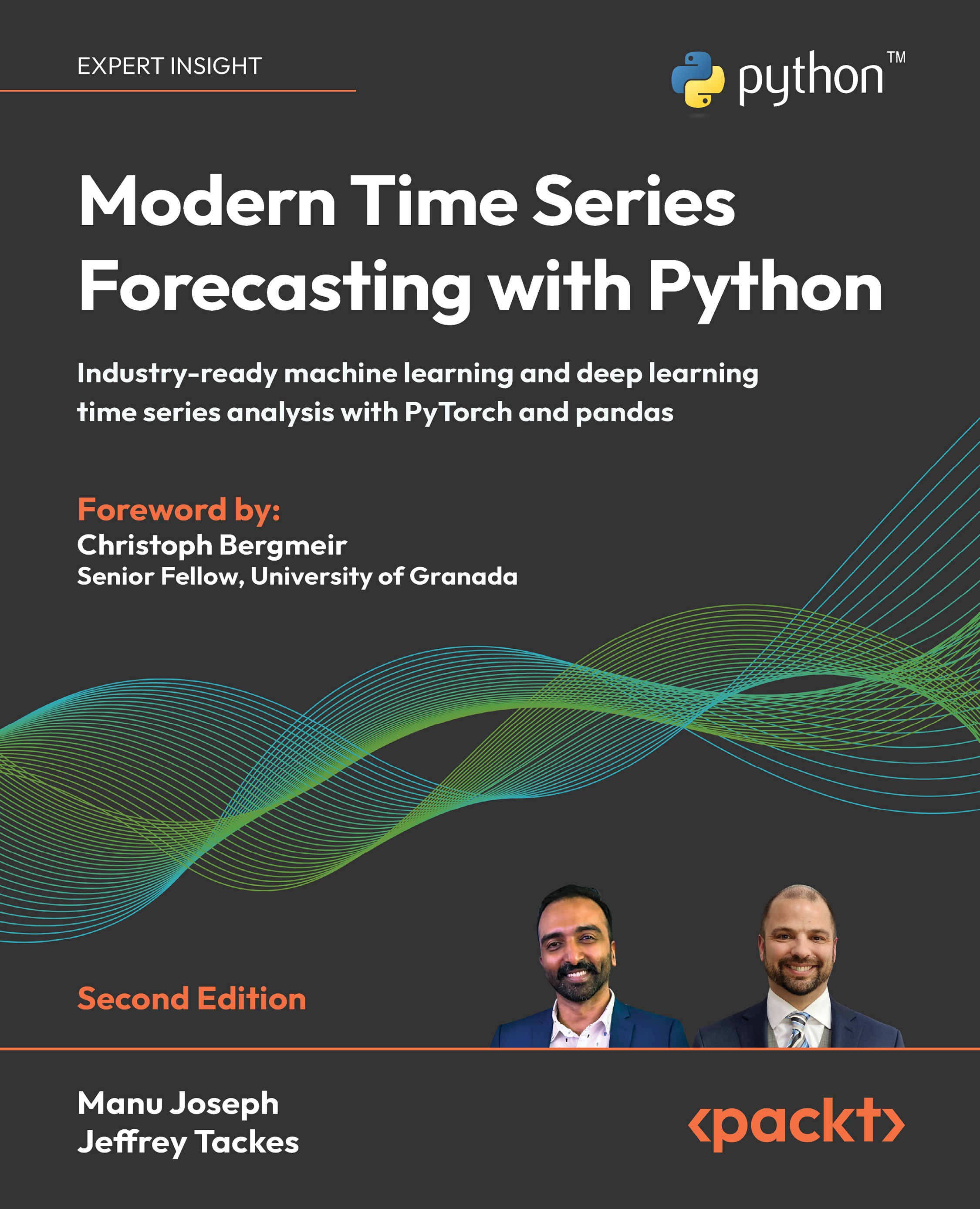Global forecasting models—a paradigm shift
Traditionally, each time series was treated in isolation. Because of that, traditional forecasting has always looked at the history of a single time series alone in fitting a forecasting function. But recently, because of the ease of collecting data in today’s digital-first world, many companies have started collecting large amounts of time series from similar sources, or related time series.
For example, retailers such as Walmart collect data on the sales of millions of products across thousands of stores. Companies such as Uber and Lyft collect the demand for rides from all the zones in a city. In the energy sector, energy consumption data is collected across all consumers. All these sets of time series have shared behavior and are hence called related time series.
We can consider that all the time series in a related time series come from separate DGPs, and thereby model them all separately. We call these the local...
































































